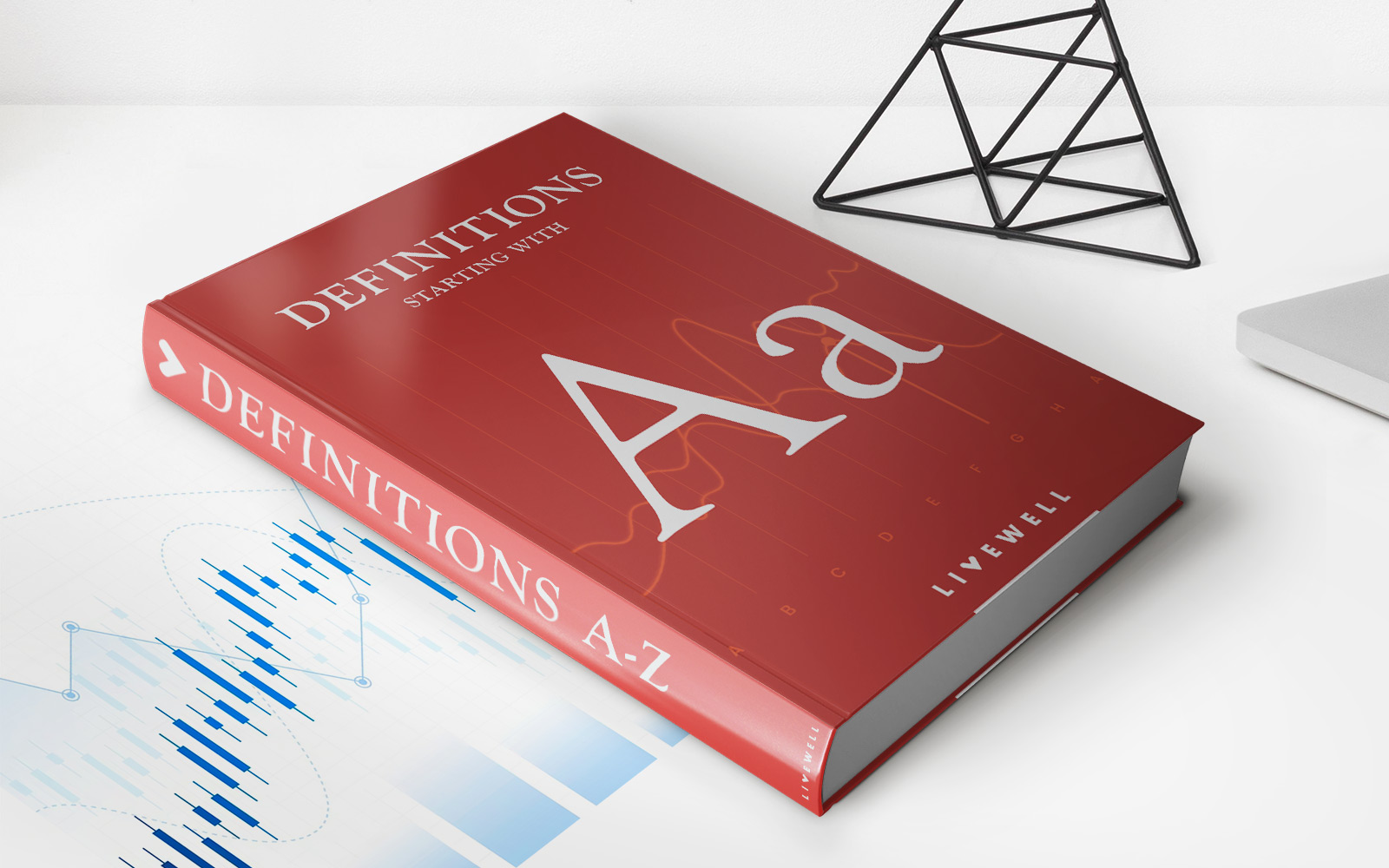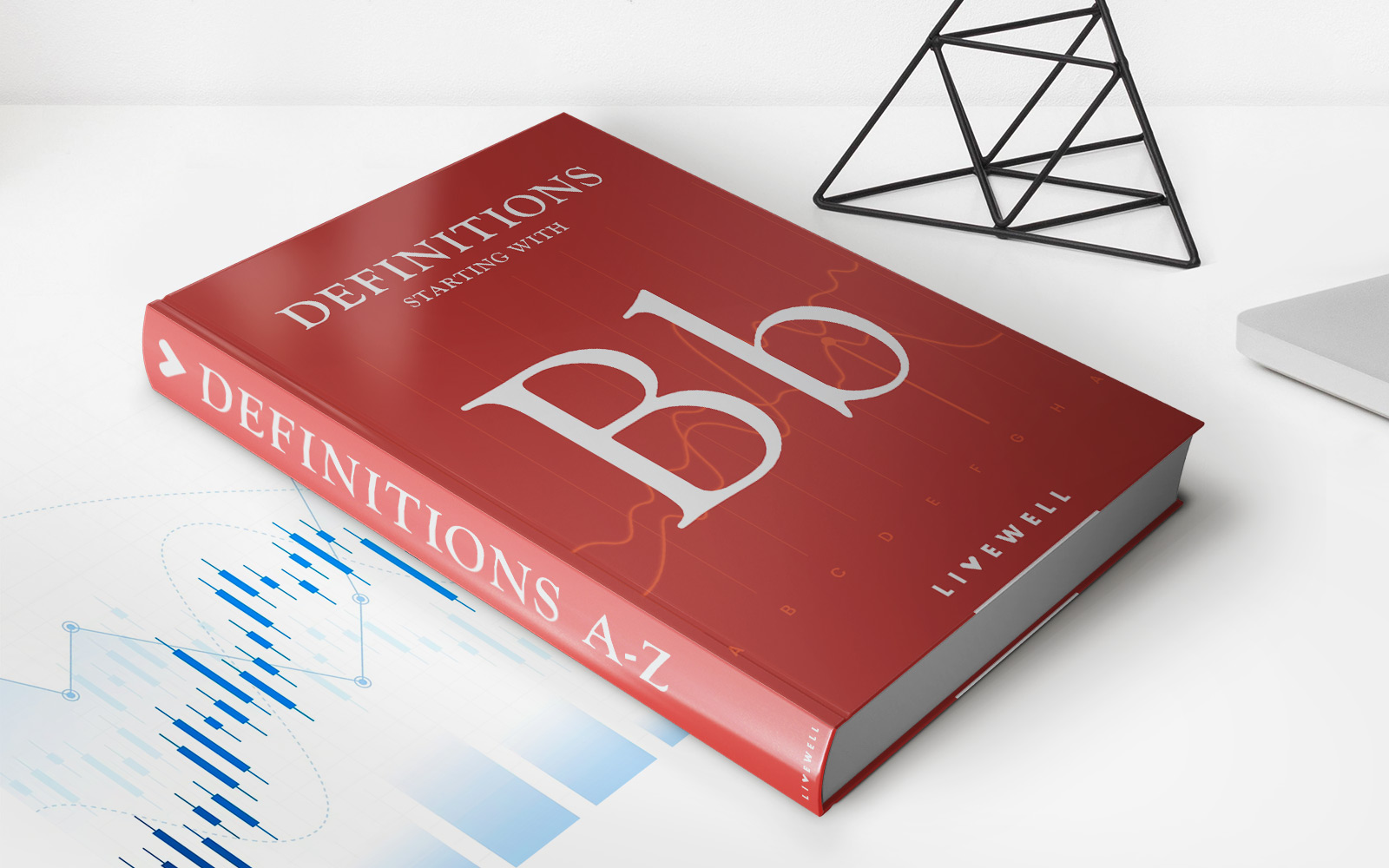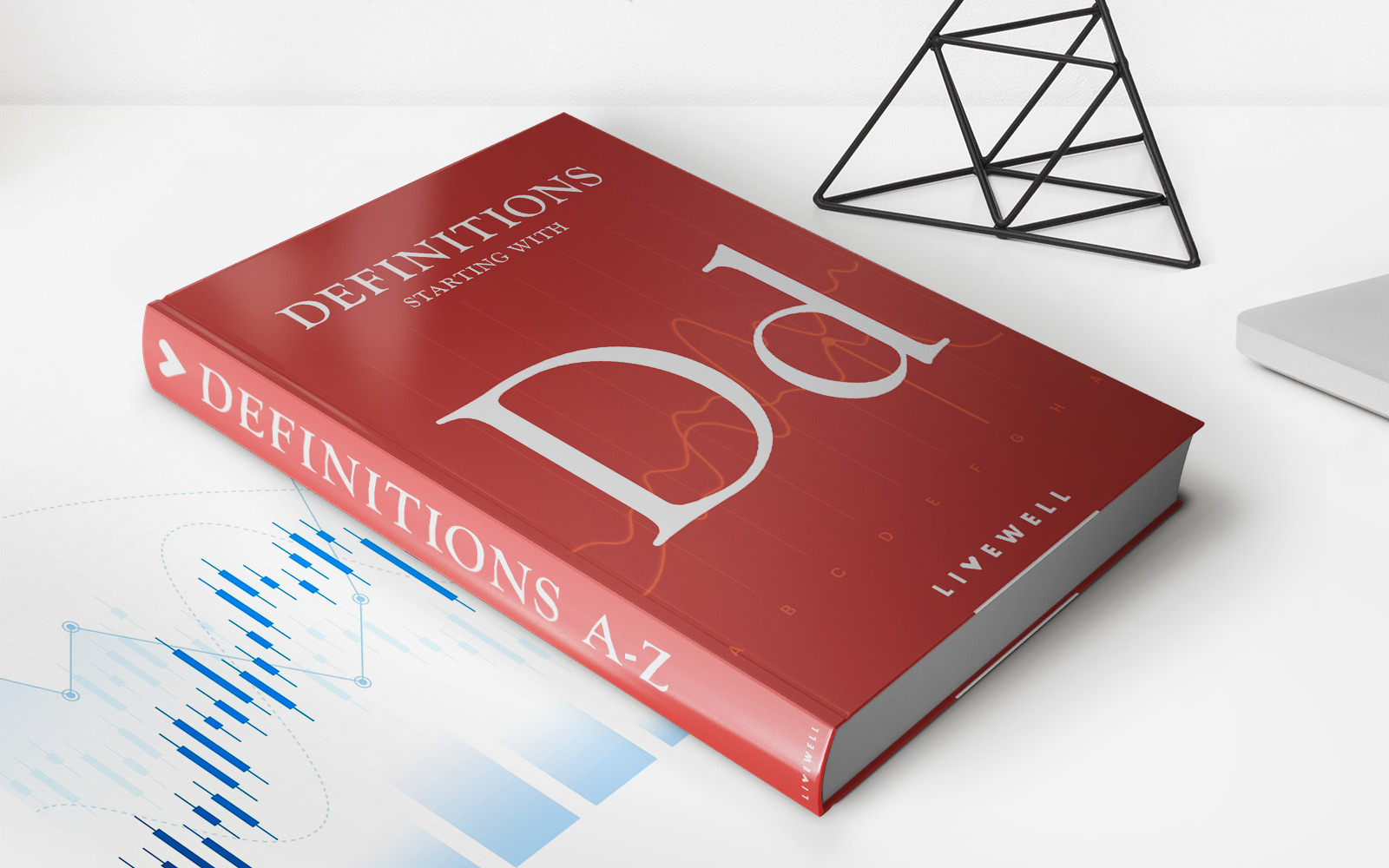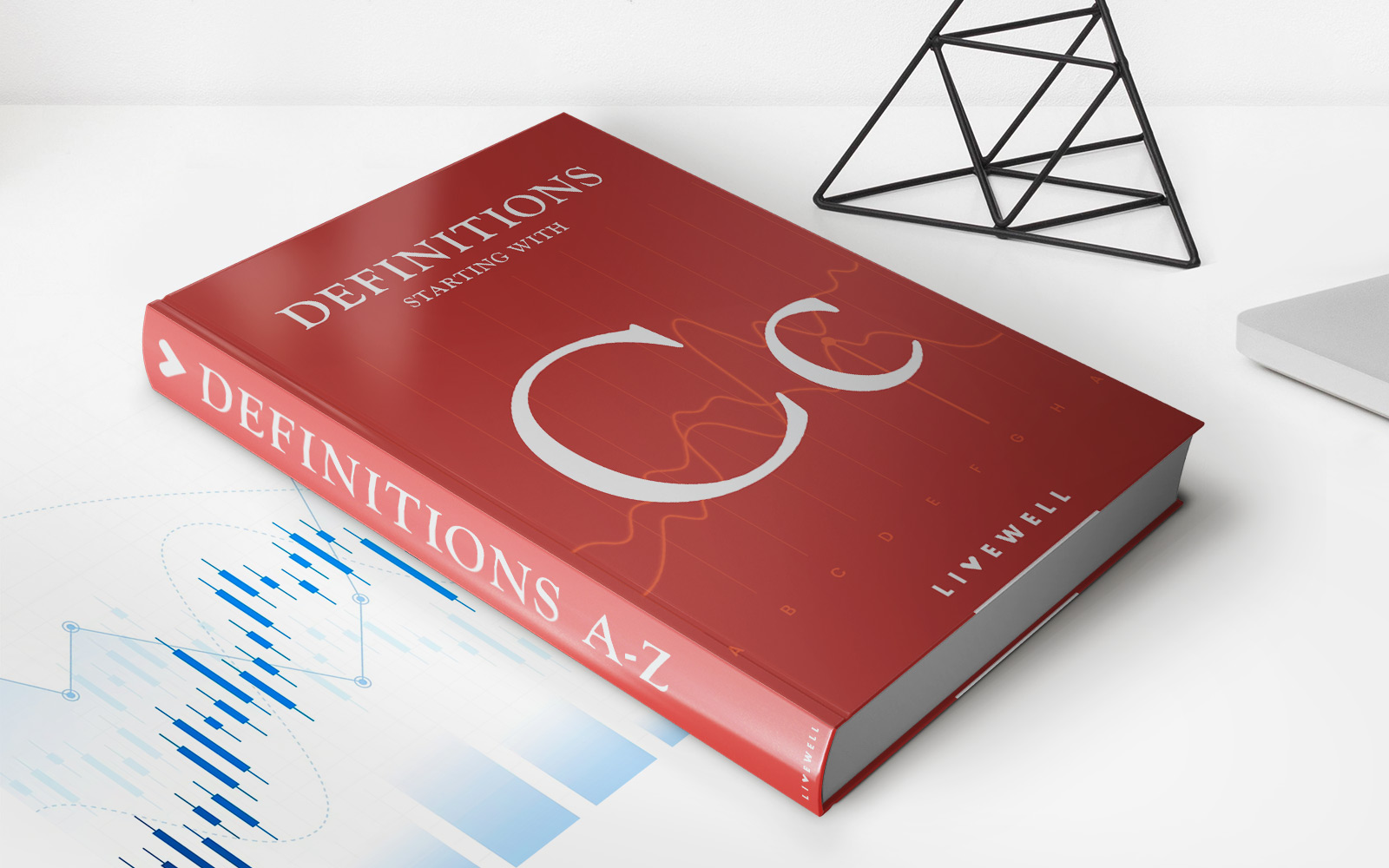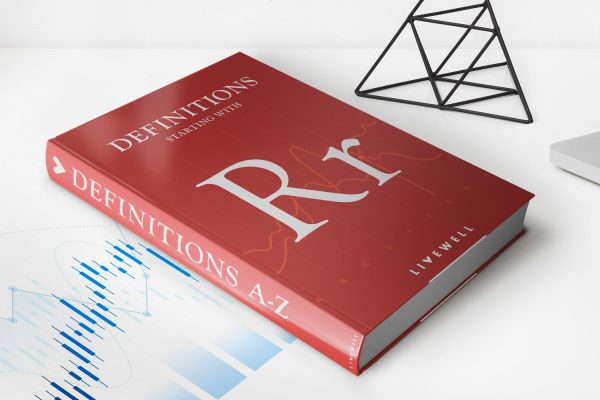Home>Finance>How Does The Linear Attribution Model Calculate Credit?


Finance
How Does The Linear Attribution Model Calculate Credit?
Modified: February 21, 2024
Learn how the linear attribution model calculates credit in finance and gain insights into effective attribution strategies for your business.
(Many of the links in this article redirect to a specific reviewed product. Your purchase of these products through affiliate links helps to generate commission for LiveWell, at no extra cost. Learn more)
Table of Contents
Introduction
When it comes to analyzing the effectiveness of marketing campaigns and determining the impact of different touchpoints in the customer journey, attribution models play a crucial role. These models help businesses understand which marketing channels and activities contribute the most to conversions and revenue generation.
One such attribution model is the Linear Attribution Model, which provides a fair and equal distribution of credit across all touchpoints in a customer’s journey. Unlike other models that assign all the credit to the first or last touchpoint, the Linear Attribution Model takes into account every touchpoint along the way.
In this article, we will take a closer look at how the Linear Attribution Model calculates credit and why it has become a popular choice among marketers. We will also discuss its advantages and limitations, along with real-world examples of its application in the finance industry.
Understanding the intricacies of the Linear Attribution Model is essential for marketers and finance professionals who want to accurately assess the impact of their marketing efforts and make data-driven decisions.
Understanding Linear Attribution Model
The Linear Attribution Model aims to assign equal weight and credit to every touchpoint that a customer encounters throughout their journey. It assumes that each touchpoint contributes equally to the final conversion or purchase decision.
Unlike other attribution models that may prioritize the first or last touchpoint, the Linear Attribution Model acknowledges the influence of multiple touchpoints in a customer’s decision-making process. It recognizes that each touchpoint plays a role in building awareness, generating interest, and ultimately leading to conversion.
By treating each touchpoint equally, the Linear Attribution Model provides a more balanced view of the customer journey. This approach helps businesses gain insights into the effectiveness of each marketing channel and enables them to make informed decisions about where to allocate resources.
It’s important to note that the Linear Attribution Model may not be suitable for all industries or marketing strategies. For example, in certain industries where the customer decision-making process is longer and involves multiple interactions, the influence of each touchpoint may vary significantly. In such cases, alternative attribution models, such as the Time Decay Model or the U-Shaped Model, may be more appropriate.
However, the Linear Attribution Model serves as a great starting point for businesses looking to understand the overall impact of their marketing efforts across various touchpoints. It provides a foundation for further analysis and optimization.
Next, let’s explore the components of the Linear Attribution Model and how credit is calculated within this framework.
Components of the Linear Attribution Model
The Linear Attribution Model consists of several components that work together to determine the credit assigned to each touchpoint in the customer journey. These components provide a framework for understanding how the model calculates credit distribution.
1. Touchpoints: The first component of the Linear Attribution Model is identifying the different touchpoints a customer encounters throughout their journey. This could include interactions with advertisements, social media posts, emails, website visits, or any other channel through which the customer engages with the brand.
2. Timeline: The Linear Attribution Model considers the chronological order in which the touchpoints occur. This means that credit is distributed evenly across all touchpoints, regardless of whether they occurred earlier or later in the customer journey.
3. Weighting: In the Linear Attribution Model, each touchpoint is given equal weight. This means that the credit assigned to each touchpoint is divided equally among all touchpoints. For example, if there are four touchpoints in a customer journey, each touchpoint would receive 25% of the credit.
4. Conversion Event: The Linear Attribution Model focuses on assigning credit to touchpoints leading up to a conversion event. This could be a purchase, sign-up, or any other desired action taken by the customer. All touchpoints preceding the conversion event are considered in the credit calculation.
5. Total Credit: The final component of the Linear Attribution Model is the total credit assigned to each touchpoint. This is calculated by dividing the total credit equally among all touchpoints. The sum of the individual touchpoint credits should add up to 100%.
By considering these components, the Linear Attribution Model offers a comprehensive framework for understanding the role of each touchpoint in the customer journey and quantifying their contribution to conversions.
Now that we have gained an understanding of the components of the Linear Attribution Model, let’s delve into how credit is calculated within this framework.
Calculation of Credit in the Linear Attribution Model
In the Linear Attribution Model, credit is distributed equally among all touchpoints encountered by a customer during their journey. This means that each touchpoint receives an equal share of the overall credit.
To calculate the credit for each touchpoint in the Linear Attribution Model, you can follow these steps:
- List all the touchpoints: Identify and list all the touchpoints that contribute to the customer journey. This could include interactions such as ad clicks, website visits, social media engagements, and email opens.
- Assign equal weight to each touchpoint: Since the Linear Attribution Model treats all touchpoints equally, assign the same weight to each touchpoint. For example, if there are five touchpoints, assign a weight of 1/5 or 20% to each touchpoint.
- Calculate the credit for each touchpoint: Multiply the weight assigned to each touchpoint by the total credit available. For instance, if the total credit available is 100%, each touchpoint would receive 20% of the credit.
- Sum up the individual touchpoint credits: Add up the credits assigned to each touchpoint to ensure that the total equals 100%. This step verifies that the credit distribution is evenly distributed among all touchpoints.
By following these steps, businesses can determine the credit distribution for each touchpoint in the customer journey using the Linear Attribution Model.
It’s important to note that the Linear Attribution Model has its limitations. Since it assigns equal credit to every touchpoint, it may not accurately reflect the varying influence of different touchpoints in the decision-making process. Some touchpoints may have a greater impact on conversions than others. As such, it’s crucial to combine the Linear Attribution Model with other attribution models or data analysis techniques to gain more comprehensive insights into the customer journey.
Next, let’s explore the advantages and limitations of the Linear Attribution Model to better understand its applicability in the finance industry.
Advantages and Limitations of the Linear Attribution Model
Advantages:
- Fairness: One of the key advantages of the Linear Attribution Model is its fairness in spreading credit across all touchpoints in the customer journey. This ensures that each touchpoint is recognized for its contribution, regardless of its position in the funnel. It provides a more inclusive view of the marketing efforts and prevents overemphasizing the significance of individual touchpoints.
- Comprehensive Analysis: The Linear Attribution Model allows businesses to assess the overall impact and effectiveness of their marketing efforts across multiple touchpoints. By considering every touchpoint, it provides a comprehensive analysis of the customer journey and helps identify the role of various marketing channels in driving conversions.
- Easy Implementation: The Linear Attribution Model is relatively simple to implement compared to other attribution models. With equal weight assigned to each touchpoint, businesses can easily calculate the credit distribution and gain insights without the need for complex algorithms or advanced modeling techniques.
Limitations:
- Lack of Granularity: Since the Linear Attribution Model distributes equal credit to every touchpoint, it fails to account for the varying impact of different touchpoints. Some touchpoints may have a more significant influence on conversions than others, and the model does not reflect this granularity. As a result, this model may not provide accurate insights into the true value of individual touchpoints.
- Ignores Time Decay: The Linear Attribution Model treats all touchpoints equally, regardless of when they occurred in the customer journey. However, it is often the case that touchpoints closer to the conversion event have a more immediate impact. This model does not consider time decay, which means it may not accurately represent the influence of touchpoints that occur closer to the conversion.
- Industry-Specific Limitations: The Linear Attribution Model may not be suitable for all industries or marketing strategies. For industries that have longer customer journeys with multiple interactions, the equal weighting of touchpoints may not accurately reflect their impact. In such cases, alternative attribution models that consider the specific nuances of the industry may be more appropriate.
While the Linear Attribution Model has its limitations, it still offers valuable insights into the overall impact of marketing efforts and provides a starting point for analyzing the customer journey. However, it is essential for businesses to consider these limitations and use the Linear Attribution Model in conjunction with other attribution models or data analysis techniques to gain a more comprehensive understanding of marketing effectiveness.
Next, let’s explore real-world examples of how the Linear Attribution Model has been applied in the finance industry.
Real-World Examples of Linear Attribution Model Application
The Linear Attribution Model has found application in various industries, including the finance sector. Let’s take a look at some real-world examples of how businesses in finance have utilized the Linear Attribution Model to gain insights into their marketing efforts.
Example 1: Investment Firm
An investment firm wants to understand the impact of its digital marketing campaigns on lead generation and conversions. By implementing the Linear Attribution Model, the firm can track the customer journey from the first touchpoint, such as an ad click, to the final conversion, such as filling out a contact form or subscribing to a newsletter. By assigning equal credit to each touchpoint, the firm can analyze the effectiveness of various channels, such as paid search, social media ads, and email marketing, in driving leads and conversions. This allows them to allocate resources strategically and invest more in the channels that contribute significantly to their marketing goals.
Example 2: Online Trading Platform
An online trading platform wants to evaluate the impact of its marketing efforts on user sign-ups and account activations. By employing the Linear Attribution Model, the platform can analyze the customer journey across touchpoints like website visits, educational content interactions, and demo account sign-ups. By assigning equal credit to each touchpoint, they can identify the touchpoints that play a crucial role in encouraging users to create an account and start trading. This insight enables them to optimize their marketing campaigns by focusing on the channels and messages that resonate most strongly with their target audience.
Example 3: Insurance Provider
An insurance provider aims to assess the effectiveness of its marketing channels in driving policy purchases. By utilizing the Linear Attribution Model, the provider can look at touchpoints such as organic search visits, online quote requests, and contact form submissions. By distributing equal credit across all touchpoints, they can understand the contribution of each channel and identify the touchpoints that have the highest impact on policy conversions. This knowledge allows them to refine their marketing strategies, allocate budgets effectively, and optimize customer acquisition efforts.
These real-world examples demonstrate how businesses in the finance industry have used the Linear Attribution Model to gain valuable insights into their marketing efforts. By understanding the role of each touchpoint in the customer journey and the credit distribution, organizations can make data-driven decisions, allocate resources strategically, and optimize their marketing strategies to drive better results.
Finally, let’s summarize the key points covered in this article.
Conclusion
The Linear Attribution Model offers a fair and balanced approach to assessing the impact of marketing touchpoints in the customer journey. By assigning equal credit to each touchpoint, businesses gain insights into the overall effectiveness of their marketing efforts and can make data-driven decisions.
In this article, we explored the components of the Linear Attribution Model, including the identification of touchpoints, the chronological order of interactions, equal weighting, and the focus on the conversion event. We also discussed the advantages and limitations of this model, highlighting its fairness, comprehensive analysis, and ease of implementation, as well as its lack of granularity and the neglect of time decay.
Real-world examples demonstrated how businesses in the finance industry have successfully applied the Linear Attribution Model to evaluate the impact of their marketing campaigns on lead generation, sign-ups, conversions, and policy purchases. By understanding the credit distribution across touchpoints, these organizations have been able to optimize their marketing strategies, allocate resources effectively, and drive better results.
While the Linear Attribution Model has its limitations, it serves as a valuable starting point for understanding the overall impact of marketing efforts. It can be supplemented with other attribution models or data analysis techniques to gain more comprehensive insights into the customer journey and the true value of individual touchpoints.
For marketers and finance professionals alike, understanding and implementing attribution models like the Linear Attribution Model is crucial for effective decision-making and maximizing the return on investment in marketing activities. By analyzing the customer journey and properly attributing credit, businesses can refine their strategies, enhance their marketing efforts, and ultimately drive business growth.
In conclusion, the Linear Attribution Model provides a framework for evaluating marketing effectiveness, empowering businesses to make informed decisions and optimize their marketing strategies in the dynamic and competitive finance industry.
